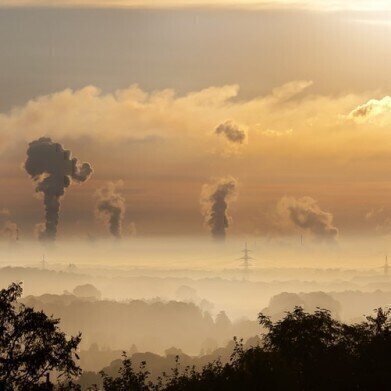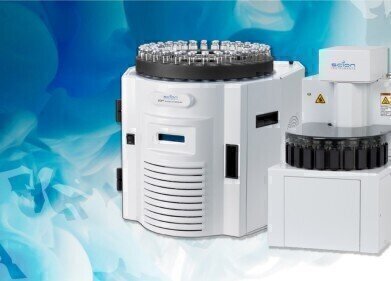Industrial News
How Does Chromatography Help Monitor the Environment?
Feb 01 2018
There are many potential problems facing mankind in the coming years — but one of the most pressing is the state of the planet. We’ve managed to repair the damage we did to the ozone layer, with the hole over the Arctic slowly closing as we change refrigerants. And the World’s governments are hopefully considering anthropomorphic climate change and how it can be reversed — barring Mr Trump.
But what about the environment? Besides climate change, what damage are we causing to the planet and can we repair the damage? To find out the state of the environment and what abnormalities there are — in the form of chemicals — means that we must take measurements and analyse the results. And one of the main methods we can use to take measurements is to use chromatography. Let’s take a quick tour and look at some of the ways chromatography might be helping the environment.
Air in the headspace
Volatile organic compounds (VOCs) are becoming ubiquitous in the environment. And many of the compounds can cause problems when they get into the environment either into the air or through the water supply. They are found in many different applications including paint, fuel, food and vehicle emissions — and many VOCs are considered hazardous to both humans and the environment.
There are several methods to measure VOCs in the atmosphere — and they all start with the sampling method and sample preparation technique. Two of the main sampling and preparation techniques for VOCs are ‘Purge and Trap’ and ‘Static Headspace’. Then the VOCs samples are analysed by gas chromatography in conjunction with mass spectrometry — the ideal technique for compounds like VOCs that are stable to heat. The use of static headspace if discussed in the article, A New Method for Fast Residual Solvents Analysis and Untargeted Unknown Identification Faster Sample Throughput and Shorter GC Runtimes Using GC-VUV and Static Headspace.
Pesticides in the bread-basket
Another reason to ensure that our environment is clean and not hiding any nasty surprises is that the environment is essentially our bread-basket. Until we start growing food on a commercial scale in laboratories — we rely on the environment for all our food. So, knowing what is in the environment is essential to our wellbeing, and one of the nasties we need to watch when it comes to food safety are pesticides.
Typically, pesticide residues have been analysed using gas chromatography. But some types — including polar pesticides and pesticides that are unstable to the heating necessary for GC — need to be analysed using liquid chromatography techniques. Technological advances in instrumentation mean that liquid chromatography in conjunction with tandem mass spectrometry (LC/MS/MS) can be used to check for many different pesticide residues in one run.
So, chromatography is helping to monitor the environment. Helping to keep our food safe and our air and water clean.
Digital Edition
Chromatography Today - Buyers' Guide 2022
October 2023
In This Edition Modern & Practical Applications - Accelerating ADC Development with Mass Spectrometry - Implementing High-Resolution Ion Mobility into Peptide Mapping Workflows Chromatogr...
View all digital editions
Events
ACS National Meeting - Fall 2024
Aug 18 2024 Denver, CO, USA
Sep 04 2024 Chiba, Tokyo, Japan
Sep 04 2024 University of Warwick, Coventry, UK
Sep 10 2024 Rockville, MD, USA
Plastics Recycling World Expo Europe
Sep 11 2024 Brussels, Belgium














